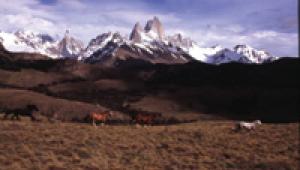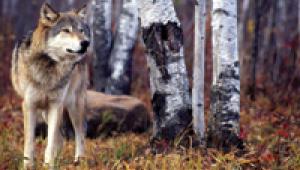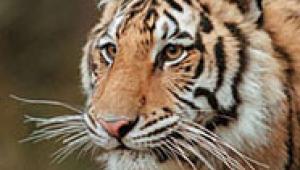The bloody conflicts in the Middle East and North Africa hold 13 million children attending a school according to the UNICEF. For families, this is an important reason to leave and to Europe to escape the conflict areas, the United Nations Children's Fund said.
http://newclashofclanshack.com
Self Assignment
Wild Horses
It's four in the morning.
The late winter sky is spilling over with stars and the moon has completed
her journey over the horizon. I'm wearing a T-shirt, heavyweight
long-sleeve western shirt, sweater, and my favorite cotton duck jacket
from Cabella's with a drawstring at the waist, a double set of
zippers, jeans, and insulated hiking boots with Vibram soles. There's
a pair of gloves in the pocket of my jacket that I'm thinking
about slipping on. I'm also wearing a wide-brimmed hat in anticipation
of the sun I hope will soon warm the day. |
||||
We arrive in the dark at an
overlook. A thin gray light is beginning to show on the eastern horizon.
Finding horses, or any wild game for that matter, is greatly facilitated
through the use of a good pair of binoculars or a spotting scope. We both
get out and in the red glow of morning begin sweeping the horizon with
our binoculars. Our choice differs, Beall is using a pair of Minolta Activa
XL glasses and I'm using Leica Geovids. One thing we agree on, though,
is the 10x42 power of both our glasses. If you aren't familiar with
binoculars, the first number, 10, is the power, the second number is the
field of view. Up to a point, the more the binoculars weigh, the easier
they are to hold steady--small, lightweight field glasses transfer
body shake, larger glasses absorb it. Both the Leica and Minolta glasses
are heavy enough to provide clear, steady viewing. |
||||
If you use camo tape there
are two types, vinyl and cloth. Cloth tape sticks better but tends to
leave a residue. This can often be avoided by removing the tape as soon
as you return from the field (it seems to get worse the longer the tape
is on the lens--a few days or week shouldn't be a problem).
If any residue does remain, try using a little Goof Off or Goo Gone, both
available from hardware stores. Vinyl tape doesn't appear to leave
a residue, but also doesn't stick as well. Steve Anchell is an internationally
published photographer/writer. Anchell has authored many books on technique
and has conducted photographic and darkroom workshops since 1979. His
next workshop is Towns & Pueblos of Northern New Mexico. For more
information on his workshops call (719) 256-4157 or visit |
- Log in or register to post comments


















































